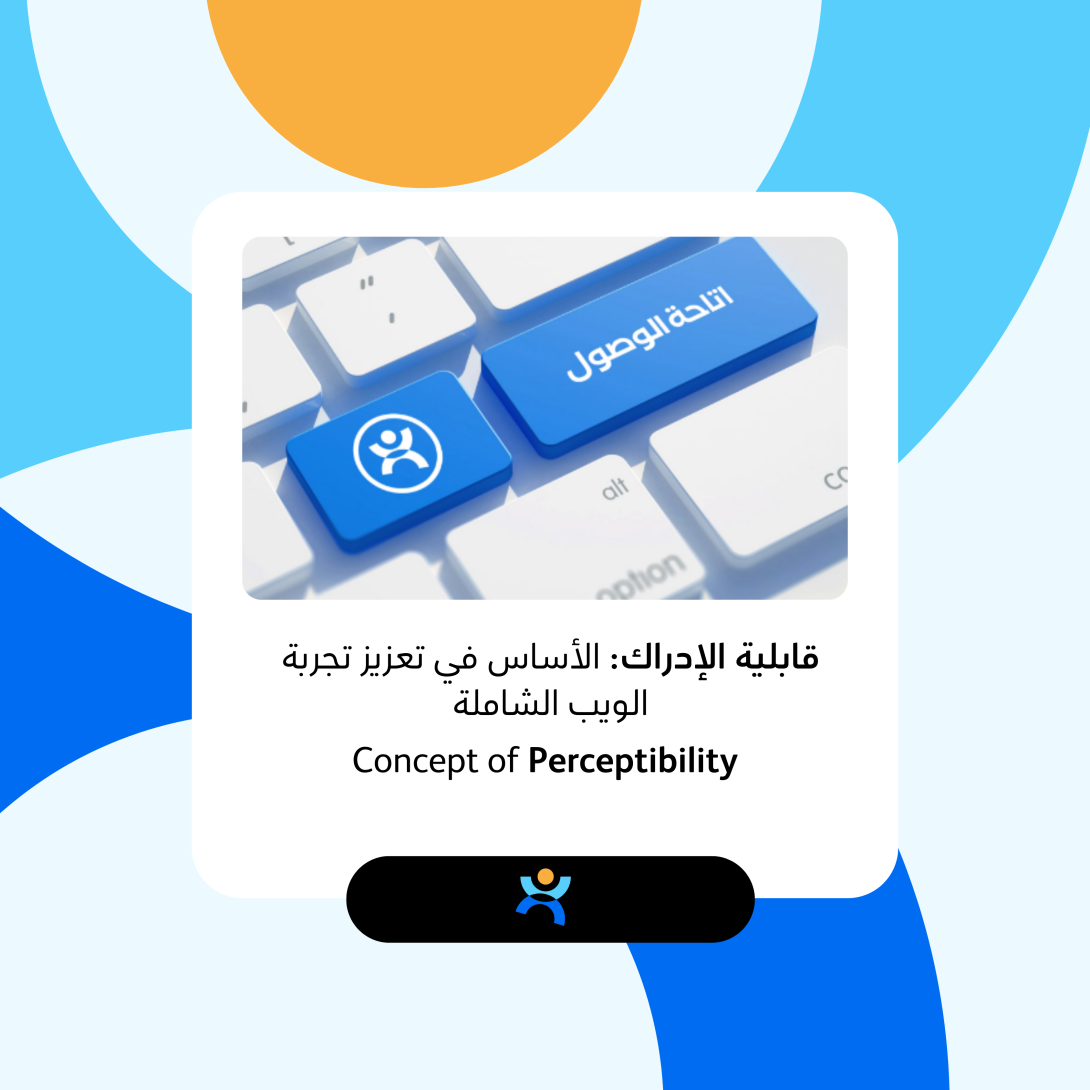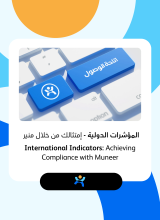
"Perceptibility" is one of the fundamental principles in the Web Content Accessibility Guidelines (WCAG), aimed at ensuring that web content is presented in ways that users with various disabilities can effectively perceive. This article delves into this crucial standard and explores how the features and tools of the Muneer tool relate to it, enhancing user experiences and ensuring compliance with WCAG 2.1.
Concept of Perceptibility
Perceptibility requires that digital content be accessible and visible to users in ways they can understand, regardless of their disabilities. This principle mandates that information and texts be provided in alternative formats for users who may have difficulties with visual, auditory, or cognitive perception. Achieving perceptibility necessitates the use of alternative texts, color and contrast adjustments, and the provision of assistive tools for those with special needs.
Epilepsy Safety Mode: Protecting Users from Visual Hazards
Rapid visual flashes pose a risk to individuals with epilepsy, potentially triggering severe seizures. The Epilepsy Safety Mode in the Muneer tool offers an innovative solution:
- Reducing or Eliminating Flashing Content: This mode reduces or eliminates fast light flashes that could provoke epilepsy attacks, ensuring a safe digital environment for these users.
- Compliance with Standard 2.3.1 (Three Flashes or Below Threshold): This standard requires that web content does not exceed more than three flashes per second, providing effective protection for internet users with sensitive visual disabilities.
Assisting Visual Disabilities: Enhancing Visibility and Facilitating Reading
The Muneer tool includes a suite of features specifically designed to assist individuals with visual impairments, making content clearer and easier to read:
- Text-to-Speech Functionality: This feature enables users with visual impairments to listen to written texts, aiding them in understanding information better without the need for visual reading.
- Adjustable Text Sizes: Users can enlarge texts according to their needs, supporting Standard 1.4.4 (Resize Text), which stipulates that text can be enlarged up to 200% without losing content or functionality.
- High Contrast Modes: Muneer provides multiple contrast options between texts and backgrounds, enhancing the clarity of texts and images for individuals with visual impairments, and supports Standard 1.4.3 (Contrast).
Assisting Color Blindness: Improving Color Discrimination
Color discrimination presents a significant challenge for individuals with color blindness. The Muneer tool offers specialized features to enhance the experience of these users:
- Enhanced Color Discrimination: This feature allows users to adjust colors on the screen so that texts and graphics become clearer, aiding in better distinction of visual elements.
- Compliance with Standard 1.4.1 (Use of Color): This standard states that color should not be the sole means of conveying information. By providing other distinguishing tools, Muneer ensures that information is accessible in multiple ways, aiding in the improved comprehension of content for users with color blindness.
Practical Benefits of Muneer's Features in Achieving Perceptibility
Muneer's features are more than just technical tools; they represent practical solutions that help improve user experiences and enable access to content in ways that suit their individual needs. By adhering to WCAG 2.1 standards, these features demonstrate our commitment to providing a comprehensive and superior digital experience, enhancing compliance with WCAG 2.1 and ensuring a safe and appealing web environment for all users.
Let's work together to build a more inclusive web for everyone!

